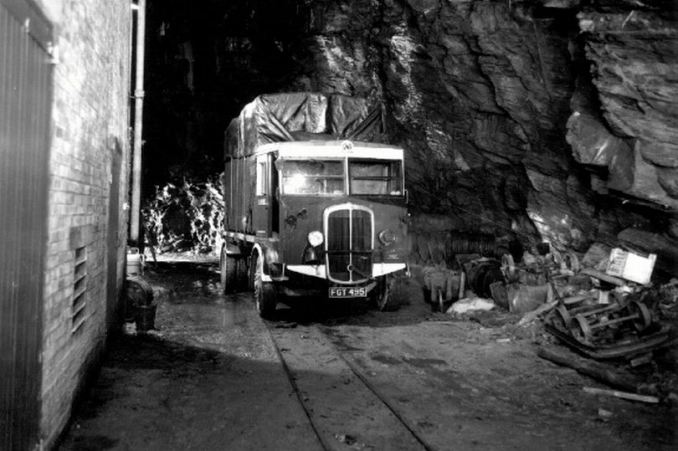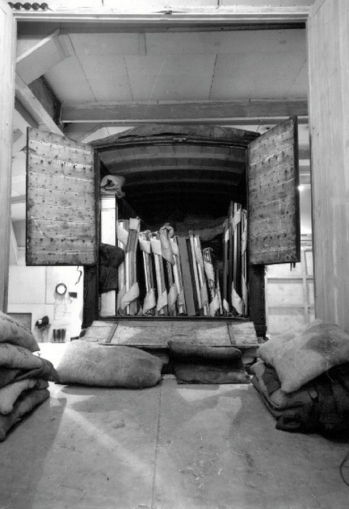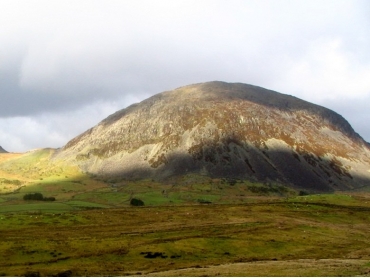How some of world's most treasured paintings were hidden from the Nazi's in a Welsh mountain in World War II
There has been much in the news today, marking the 75th anniversary of D-Day. This was the Allied landings in Normandy on Tuesday, 6 June 1944 during World War II (1939 to 1945). The operation began the liberation of German-occupied France (and later western Europe) from Nazi control. However, four years before this operation, it was expected that the invasion force would have been coming in the opposite direction. At that time the German invasion of Britain had seemed inevitable.
Part of the contingency plans for such an invasion was to try and keep the art work from the National Gallery in London out of Nazi hands. The place chosen to hide some of the world's most treasured paintings was Snowdonia (Welsh: Eryri) in Wales (Cymru). Manod Quarry in Blaenau Ffestiniog, Gwynedd was identified. Manod Mawr Mountain, which had been a working quarry for over a century, was seen as the ideal location. Large caverns had been created by excavations deep in the mountain. Not only was it seen as a secret location, it was covered with hundreds of feet of slate and granite making it safer from bombing.
Priceless artwork of various sizes was transported to the site. They were kept in air-tight climate controlled brick huts which had been built inside the mountain. A purpose-built narrow gauge railway carried them, packed in specially designed cases, then through an airlock in sealed wagons to the doors of the huts, only to be unloaded once they were inside in a strictly-controlled air-conditioned space. It was there that in this Welsh mountain that some of the world's greatest paintings remained safe and hidden from Hitler until the end of World War II.








